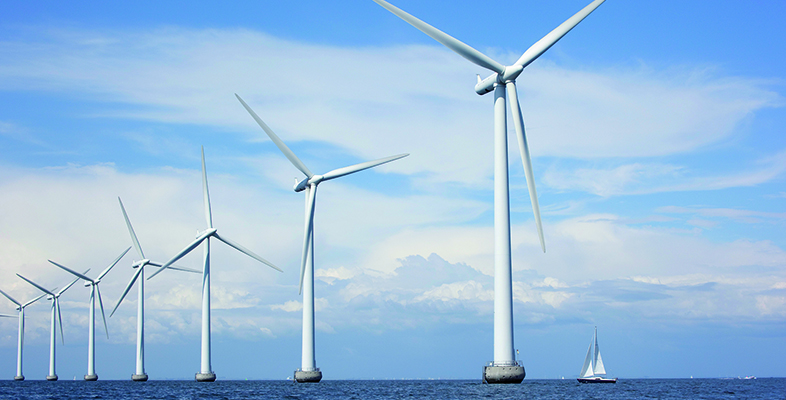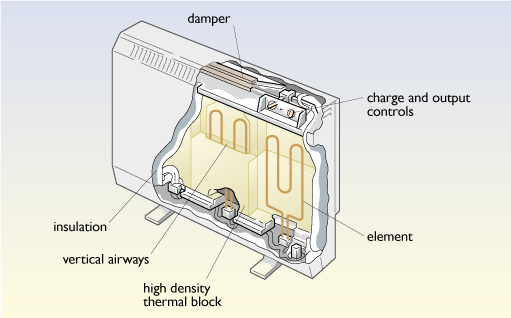3.3 Electric heating
On-peak electric resistance heating
In the UK, electricity has always been considerably more expensive than gas or solid fuel. Its use for heating has thus been rather restricted. It wasn’t until the 1960s that electricity prices had fallen sufficiently against gas and coal that the idea of ‘all-electric’ homes could be promoted.
Resistance heating using a radiant ‘electric fire’ or an immersion heater for domestic hot water has been widely promoted as a ‘clean’ form of heating. Indeed it is very efficient and clean at the point of use, and especially so compared to the dirt and air pollution of coal fires. However, the inefficiency and pollution is effectively transferred to a remote power station. This has been reflected in higher CO2 emission figures compared to gas heating. However, since 2013, the increasing proportion of low carbon electricity generation from renewable energy and nuclear power has made electric heating more attractive, as discussed later in Section 3.5.
While water heating is needed year-round, space heating is something required only for a part of the year (and possibly only a few winter months in a really well-insulated building). Thus, although an on-peak electric fire is cheap for the consumer to buy, it may be expensive for the industry to supply, requiring a power plant that sits idle from spring to autumn.
Off-peak storage heating
The use of off-peak night-time electricity goes some way to reducing the problems of on-peak electric heating use, allowing a daytime load to be shifted to the night. It allowed the demand on the National Grid to be smoothed out and was heavily promoted in the 1960s and 1970s. Night-time electricity could be sold at a special low rate that could compete with gas and coal. Domestic hot water could be heated with an immersion heater in a hot water cylinder, but space heating required ‘storage heaters’. Figure 32 shows a typical design.
It is basically a set of high-density blocks (similar to bricks) threaded with resistance heating elements inside an insulated casing. The electricity supply is remotely turned on and off by a time switch. The storage heater itself usually has two manual controls (often poorly understood):
- an ‘input’ control that sets how much energy needs to be stored overnight according to the weather
- an ‘output’ control that allows air to circulate through the blocks and into the room.
The relative lack of control compared to the simple thermostat of a central heating system has long been a source of dissatisfaction with this type of heating. Competition from cheap North Sea gas from the 1970s onwards effectively stopped the spread of electric space heating. It became largely confined to rural areas beyond the gas grid and urban tower blocks. However, the need to find alternative forms of heating in the face of climate change and falling UK gas reserves has led to a renewed interest in electric heating, particularly using heat pumps.

